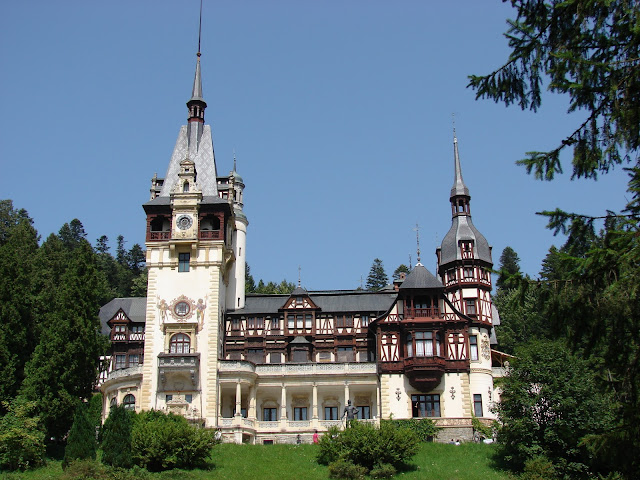One of the most beautiful castles in the world – Peles Castle – located in Romania, near the city of Sinaia. It was built by the king Carl First at the last quarter of the 19 century when Romania became independent state.
Pales castle has been designed in Neo-Renaissance style with some elements of Baroque and even a Gothic. One of the sticking features of the castle – its terraces with a lot of fountains, gardeners, sculptures and balconies.
Just before the entrance to the castle there is the statue of Carl First, who greets the visitors.
The interior of the Peles castle can be described as the mix of the culture and the history. All 170 rooms of the
Peles castle are decorated in refined style. It lavishly adorned by the furniture, paintings, vases and other decorative elements.
As for me most impressive rooms in the castle are: Big Armory Room where you can one of the biggest and finest collections of weapon in world, Florence room which is adorned in style of Michelangelo style, Moorish saloon where you can even see marble fountain.
Also many rooms of the castle exhibit a lot of arts which are reckoned as of the finest in the Europe.
For its time Peles castle has been at the edge of technology. It had central heating system and the electricity.
As others museums of Europe castle is close on Mondays. Also in November Peles is closed for maintenance and refurbishment.























